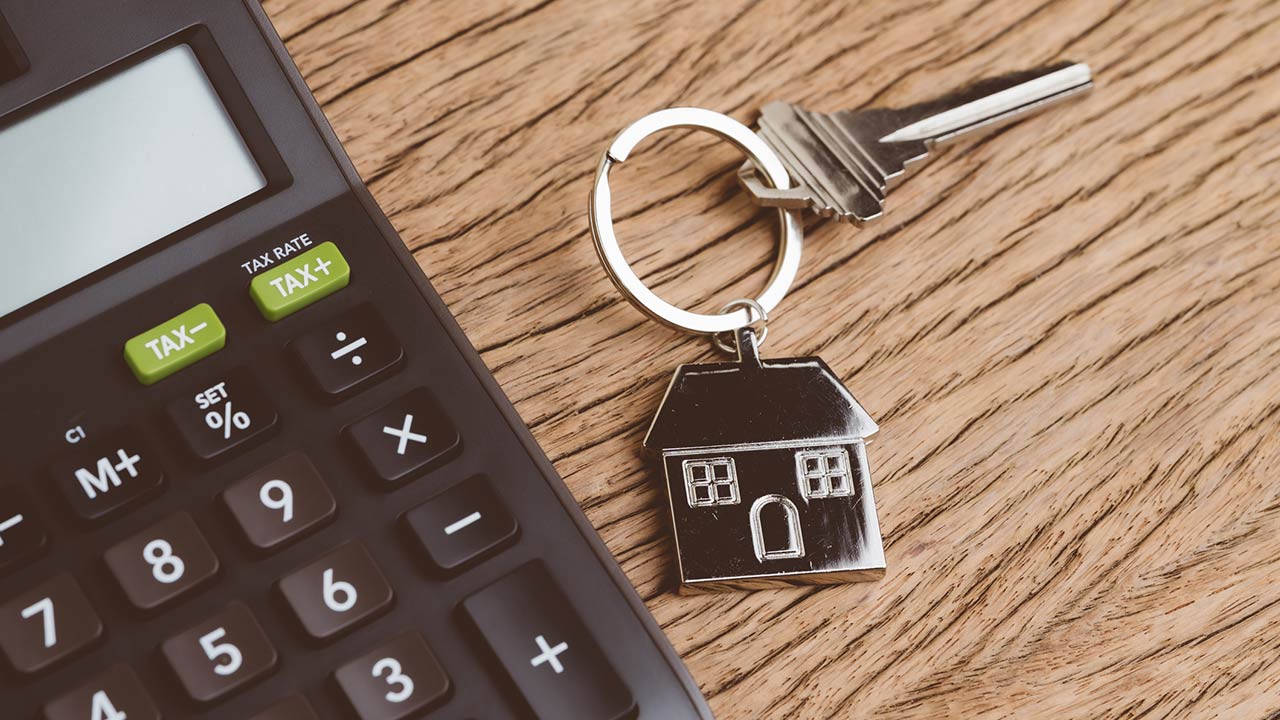5 Tips to Score the Best Mortgage
Mortgage interest rates have experienced historical lows over the past few years, prompting a lot of Americans to hop on the home owner bandwagon in hoards. But even with interest rates being as low as they are, the while mortgage buying process can still seem a little tricky to many.
Don’t sweat it. Here are 5 steps to migrate the murky waters of mortgage shopping, and help you come out saving time and money.
1. Get Your Hands on Your Credit Report
Not only do you need some liquid cash to be used for a down payment, you also need a decent credit score in order to be approved for a mortgage. Knowing exactly what your credit score is well in advance of even applying for a mortgage is helpful to avoid any unpleasant surprises such as the lender stamping a huge “DENIED” across your mortgage application because of your less-than-stellar credit score.
The health of your credit score will also influence the interest rate you’d be charged should you get approved for a mortgage. You’ll have a lot more negotiating power if your credit score is high.
Do yourself a favor and get a copy of your credit report a few months before applying for a mortgage. Not only will it tell you what your score is, but it’ll also give you a chance to skim through it to see if there are any errors that are negatively affecting your score. If you find a mistake, you can report it and effectively have a few points added to your total. This can make a huge difference when you approach a loan officer. You can also use this time to spruce up your score if it’s lower than you would have hoped.

2. Scrounge Up Your Down Payment
A heftier down payment can save you a ton of money in the long run. The more you put towards the purchase price of a home, the less amount of money you’ll need mortgaged. Since mortgages come attached with an interest rate, this means less money spent on paying such interest, and more put towards the principal portion.
Having more money up front can also help your lender calculate your loan-to-value ratio. The majority of loan programs usually like to see this number fall somewhere within the 5% to 20% range.
If you can manage to scrape together 20% or more of the purchase price of the home, you can also avoid having to pay that pesky mortgage insurance that lenders require to provide them with added protection. The more money they have to loan you, the more of a risk they consider you to be.

3. Shop Around for Mortgage Lenders
You don’t necessarily have to go to the bank that you deal with for your savings and checking accounts for a mortgage. In fact, you’d be better off shopping around for a lender who will give you the most attractive interest rate and mortgage package. Landing the right lender can make a huge difference on your mortgage-buying experience.
One of the easiest ways to do this is by getting an independent mortgage broker to do all the legwork for you. Since these professionals don’t work for banks, they have an unbiased opinion about the lenders who are out there, and will be more skilled at making the right match. They’ll even negotiate on your behalf to get the lowest interest rate and more convenient mortgage conditions to suit your needs.
4. Decide Between a Fixed or Variable Mortgage
With a fixed rate mortgage, the payment and rate you pay every month will remain the same throughout the mortgage term. A variable rate mortgage, on the other hand, means your rate will fluctuate with the prime lending rate, which means your monthly payment amounts will also change.
So what’s better?
That all depends on the state of interest rates at the time that you’re going through the mortgage process. If interest rates are currently low and are not expected to go down any more, then a fixed rate might be advisable. On the flip side, if interest rates are expected fall, then a variable rate is usually recommended, since you’ll be able to take advantage of a lower interest rate at some point in the near future. By the same token, if there’s a huge difference between the variable and fixed rate, it might not be worth having to pay the premium for the stability of a fixed rate.

5. Lock in Your Interest Rate
You’ve gathered your down payment and found the right lender. Now’s the time to lock that interest rate in. But you’ve got some options. Once your mortgage application is complete, you can either lock in your rate if you think it’s the best you can get, or you can choose to ‘float’ your rate. With the second option, your interest basically moves along with the market until you’re ready to close.
Of course, there is some risk with this, as the rates may do nothing but increase. However, if you do get lucky and see the rates sink lower than when you initially signed on the dotted line, you can score a lower rate and essentially shave off some cash from interest payments over the life of your mortgage.
With a little homework and due diligence, the mortgage buying process shouldn’t be as painful as you may have initially thought. At the very least, get yourself a team of experts behind you, including a mortgage broker and realtor, to help you navigate through the process to come out unscathed.









Leave a Reply
Want to join the discussion?Feel free to contribute!